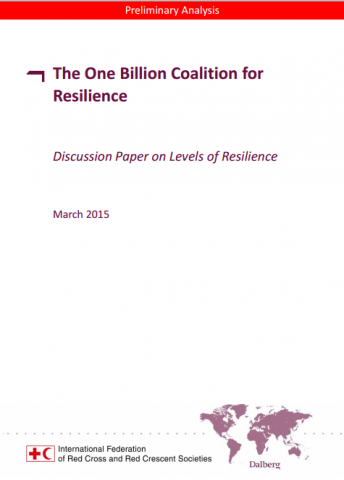The Global Risks Report 2018
Released annually by the World Economic Forum, the Global Risks Report seeks to identify and analyze the most pressing risks we face. The 2018 Report highlights four major categories of risks: (1) persistent inequality and unfairness, (2) domestic and international political tensions, (3) environmental dangers and (4) cyber vulnerabilities. It also details the growing systemic […]
The Global Risks Report 2018 Read More »

